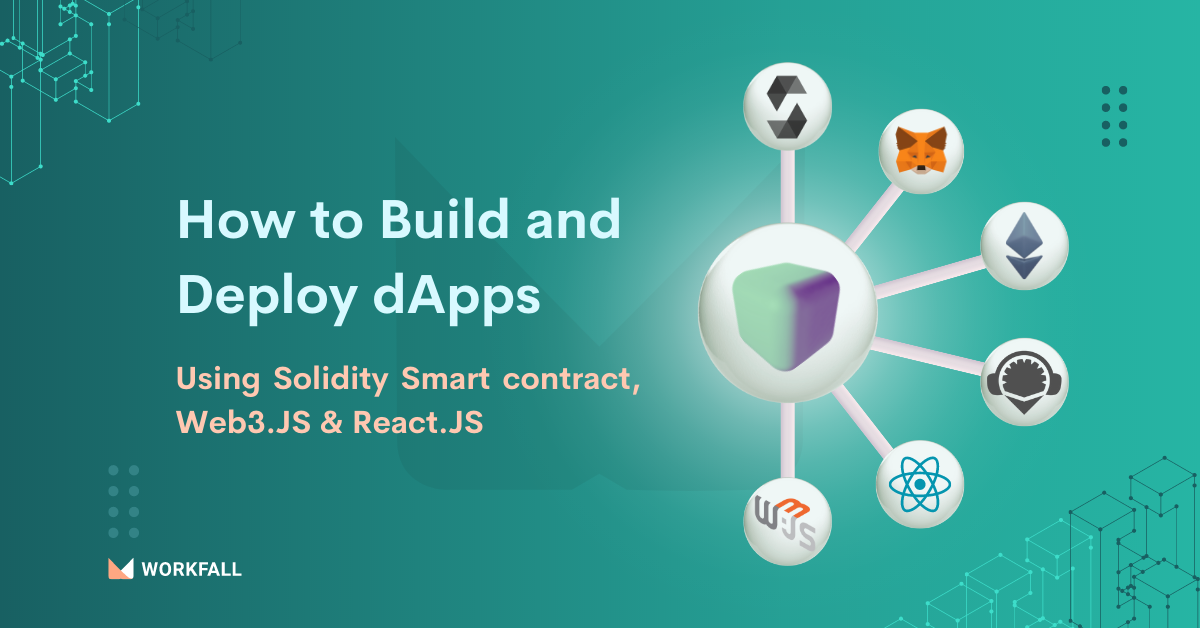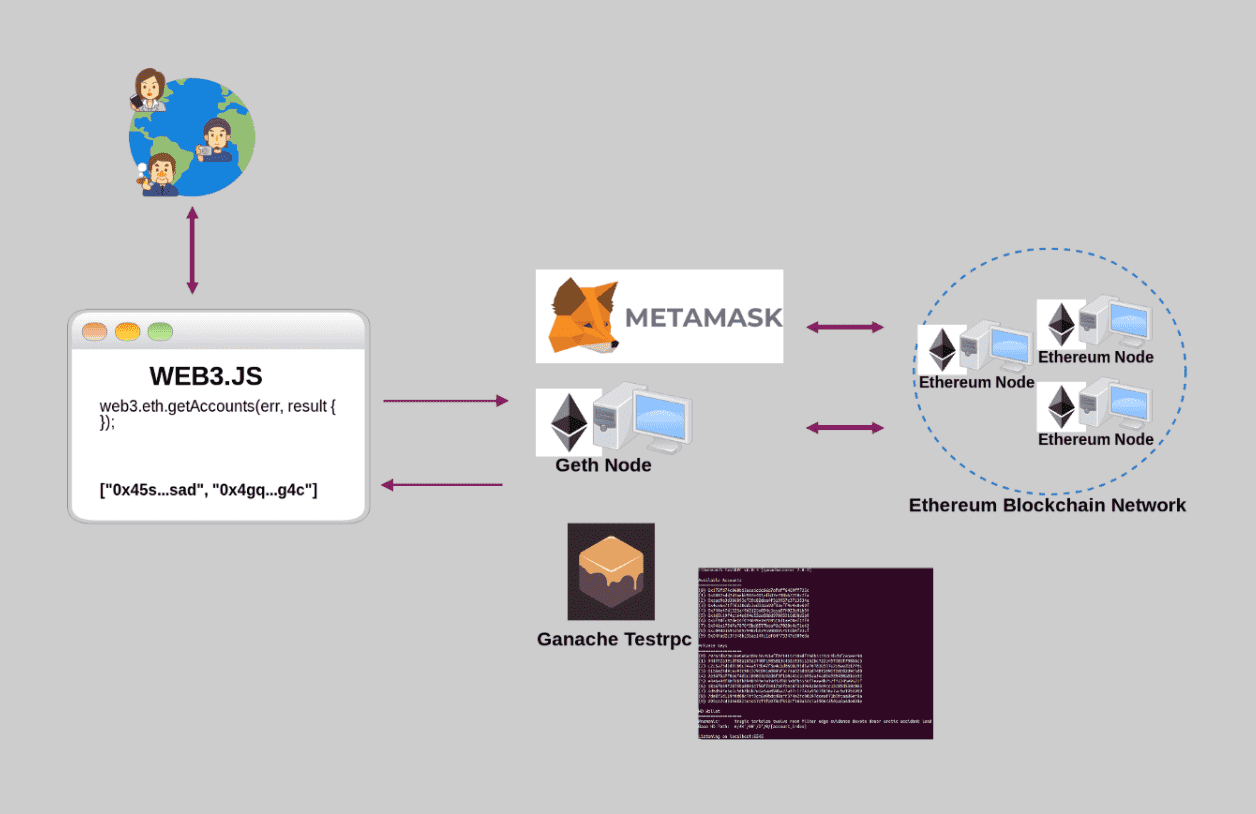Ethereum Blockchain Solidity Smart Contracts Web3 And Dapps
Kicking off with ethereum blockchain solidity smart contracts web3 and dapps, this exciting intersection of technologies is reshaping our world. Ethereum stands out as a robust platform that not only supports cryptocurrencies but also enables complex applications through smart contracts, providing unique opportunities for developers and users alike.
The Ethereum blockchain distinguishes itself from Bitcoin by allowing programmability and decentralized applications (dApps) to flourish. Central to this ecosystem are smart contracts, which automate processes and eliminate the need for intermediaries. The significance of decentralization in Ethereum cannot be overstated, as it fosters trust and transparency, propelling the vision of a decentralized internet.
Introduction to Ethereum Blockchain
The Ethereum blockchain is a revolutionary platform that allows developers to build decentralized applications (dApps) using smart contracts. It operates on a principle of open-source collaboration, where anyone can participate in its ecosystem. Unlike Bitcoin, which primarily functions as a digital currency, Ethereum allows for more complex interactions, supporting a wide array of applications that leverage its unique features.Ethereum differentiates itself from Bitcoin by introducing a built-in programming language called Solidity, enabling the creation of smart contracts.
This flexibility has made Ethereum a favorite among developers looking to create innovative solutions across various industries. The significance of decentralization in Ethereum cannot be overstated; it allows for transparency, security, and the elimination of intermediaries, fostering a trustless environment for users.
Understanding Smart Contracts
Smart contracts are self-executing contracts with the terms of the agreement directly written into code. They are crucial to the blockchain ecosystem as they automate processes without needing intermediaries, reducing costs and enhancing efficiency. On the Ethereum platform, smart contracts facilitate transactions and operations that can be triggered by specific conditions, ensuring that all parties adhere to the agreed terms.However, smart contracts are not without limitations.
They can have vulnerabilities that hackers might exploit, and once deployed, they are difficult to modify. Risks include potential bugs in the code that could result in financial loss or operational issues.
Solidity Programming Language
Solidity is a high-level programming language specifically designed for writing smart contracts on the Ethereum blockchain. Its syntax is similar to JavaScript, which makes it accessible for many developers. Key features of Solidity include strong typing, inheritance, and libraries, allowing for modular and reusable code.To write a simple smart contract using Solidity, developers typically follow these steps: defining the contract with the `contract` , declaring state variables, implementing functions, and finally, deploying the contract on the Ethereum network.
This process involves compiling the code using tools like Remix and deploying it via an Ethereum wallet.When comparing Solidity to other programming languages used for smart contracts, such as Vyper or Rust, Solidity stands out for its maturity and extensive documentation, while also offering a more extensive community for support and resources.
Web3 and its Role in Decentralized Applications

Web3 is the evolution of the internet that emphasizes decentralization and user empowerment, allowing individuals to interact directly without intermediaries. It plays a pivotal role in enabling decentralized applications (dApps) to function seamlessly with the Ethereum blockchain. Through Web3 technologies, users can engage with dApps using cryptocurrency wallets, facilitating transactions and data exchanges in a secure manner.One prominent example of a dApp built on Web3 technology is Uniswap, a decentralized exchange that allows users to trade cryptocurrencies directly without a centralized authority overseeing the transactions.
This fosters a more democratic financial ecosystem.
Developing Decentralized Applications (dApps)

Creating a dApp using Ethereum and Solidity involves several steps. First, developers need to define the application’s purpose and requirements. Next, they write the smart contracts that will power the application. Once the contracts are coded, they undergo testing to ensure functionality and security before being deployed on the Ethereum network.Various tools and frameworks assist in dApp development, including Truffle for building and testing, Ganache for creating a personal Ethereum blockchain, and Web3.js for interacting with smart contracts.
Best practices for ensuring security in dApp design include rigorous code audits, using established libraries, and keeping up-to-date with the latest security protocols.
Use Cases of Ethereum Blockchain

The Ethereum blockchain is being leveraged across various industries for innovative solutions. Notable sectors include finance, healthcare, supply chain management, and gaming. For instance, in finance, decentralized finance (DeFi) applications like Compound and Aave allow users to lend and borrow cryptocurrencies without intermediaries.Successful dApps such as Cryptokitties have illustrated the potential of Ethereum in the gaming industry, where users can buy, sell, and breed digital cats using smart contracts.
Tokenization plays a significant role in the Ethereum ecosystem, enabling assets to be represented as tokens that can be easily traded and managed on the blockchain.
Future Trends in Ethereum and Blockchain Technology
Anticipated advancements in Ethereum 2.0, including the transition to a proof-of-stake consensus mechanism, promise to enhance scalability and energy efficiency. These developments aim to address the current challenges of congestion and high transaction fees on the Ethereum network.The integration of Ethereum with emerging technologies like artificial intelligence (AI) and the Internet of Things (IoT) is also on the horizon. These technologies could enhance the functionality and application of smart contracts in various sectors, enabling more sophisticated interactions and automated processes.Regulatory changes will significantly impact Ethereum and the broader smart contract landscape.
As governments evolve their stances on cryptocurrencies and blockchain technology, companies using Ethereum will need to adapt to ensure compliance while navigating the complexities of evolving regulations.
Summary
In conclusion, ethereum blockchain solidity smart contracts web3 and dapps represent a paradigm shift in how we think about technology and commerce. As we move forward, the potential for innovation within this space is immense, with new applications and use cases emerging regularly. Staying informed and engaged with these developments is essential, as they will shape the future of our digital interactions.
Key Questions Answered
What is Ethereum?
Ethereum is a decentralized platform that enables developers to build and deploy smart contracts and dApps, distinct from Bitcoin primarily in its programmability.
How do smart contracts work?
Smart contracts are self-executing contracts with the terms of the agreement directly written into code, allowing for automatic execution when conditions are met.
What is Web3?
Web3 refers to the next evolution of the internet, emphasizing decentralized protocols and technologies that enable user empowerment and data ownership.
What are dApps?
dApps, or decentralized applications, are applications that run on a blockchain network, utilizing smart contracts for backend processes, ensuring transparency and security.
How is Solidity different from other programming languages?
Solidity is specifically designed for writing smart contracts on the Ethereum blockchain, incorporating features tailored for decentralized applications, differing in syntax and functionality from traditional programming languages.